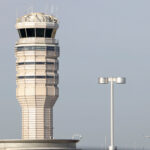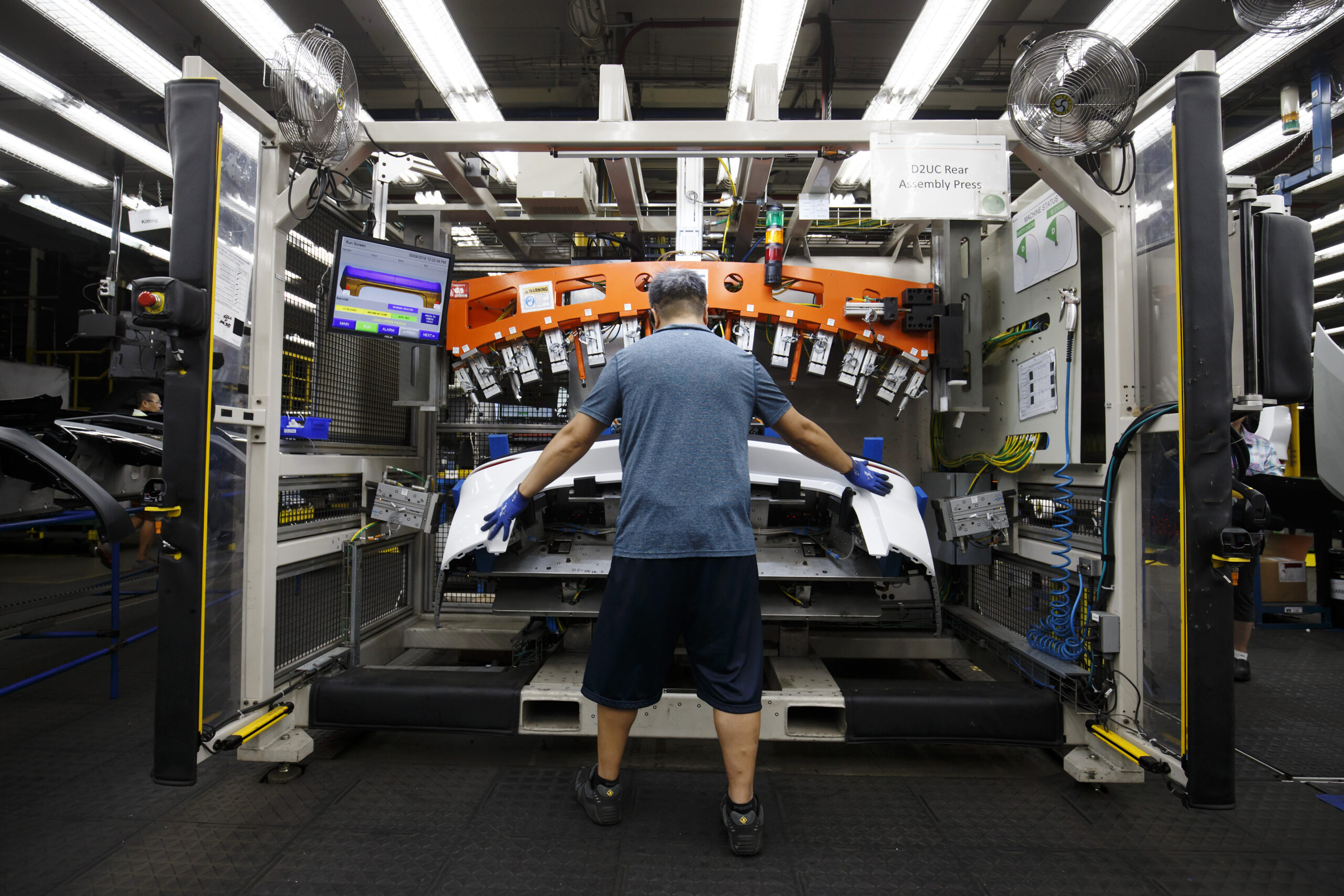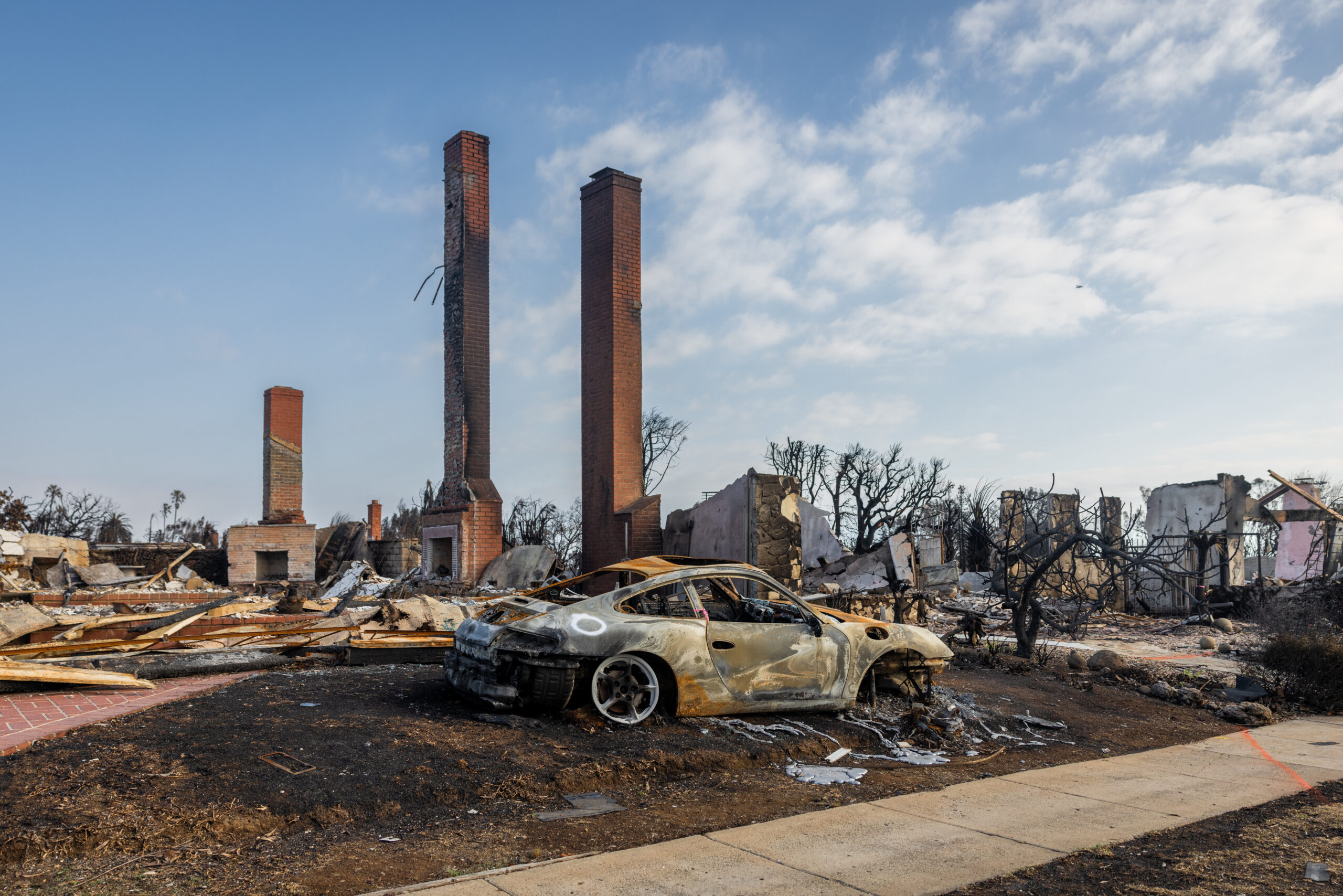More than eight of 10 workers — 85 percent — rate workplace safety first in importance among labor standards, even ahead of family and maternity leave, minimum wage, paid sick days, overtime pay and the right to join a union, according to a new study from the National Opinion Research Center at the University of Chicago.
The study, “Public Attitudes Towards and Experiences with Workplace Safety,” draws on dozens of surveys and polls conducted from 2001 to 2010 by NORC. This meta-analysis sought to gain a picture of Americans’ experiences with workplace safety issues. The study was done for the Public Welfare Foundation, based in Washington, D.C., which includes a workers’ rights program.
Despite widespread public concern about workplace safety, the study also found that the media and the public tend to pay closest attention to safety issues when disastrous workplace accidents occur. Even during those tragedies, the fate of workers is often overlooked, such as during the recent oil well disaster in the Gulf of Mexico.
“Workplace safety is too often ignored or accidents taken for granted,” said Tom W. Smith, director of NORC’s General Social Survey (GSS). “It is striking that coverage in the media and public opinion polls have virtually ignored the 11 workers killed by the blowout and destruction of the drilling platform.”
Questions instead focused on the environmental impact of the disaster and overlooked worker safety, Smith pointed out. But he noted that “if optimal safety had been maintained, not only would the lives of the 11 workers been saved, but the whole environmental disaster would have been averted.”
“Workplace safety should be a constant concern,” said Robert Shull, program officer for workers’ rights at the Public Welfare Foundation. “Given the importance that workers themselves place on this issue, we should not have to mourn the loss of people on the job before government and employers take more effective measures to ensure that employees can go home safely after work.”
On Aug. 19, the U.S. Department of Labor reported in a preliminary count that the number of workers who died on the job in 2009 fell 17 percent from the previous year, as workers clocked in for fewer hours because of the recession. While Labor Secretary Hilda L. Solis called the results “encouraging,” she also noted that “no job is a good job unless it is also safe.”
Despite a decrease in workplace fatalities, the study found that reports of workplace injuries remained high.
Although most workers say they are satisfied with safety conditions at work, they also report job-related stress, a contributing factor to injury. The most recent GSS study on job-related stress, done in 2006, reported that 13 percent of workers find their jobs always stressful, while 21 percent find their jobs often stressful.
“Exhaustion, dangerous working conditions and other negative experiences at work are reported by many workers,” Smith said. “Such conditions mean that workplace accidents are far from rare.”
The study done for the Public Welfare Foundation found that about 12 percent of workers reported an on-the-job injury during the past year, and 37 percent said they have required medical treatment at one time for a workplace injury.
“Unsafe working conditions end up costing the public dearly,” added Shull. “But no matter what the cost to the general public, the workers and their families pay the highest price.”
The Public Welfare Foundation is a national foundation that supports workers’ rights, health reform and criminal and juvenile justice.
The General Social Survey is supported with grants from the National Science Foundation.
Was this article valuable?
Here are more articles you may enjoy.

 US Weather Service Merges Units as Staffing Pressure Rises
US Weather Service Merges Units as Staffing Pressure Rises  FAA Must Do Better After Midair Collision, Acting Chief Says
FAA Must Do Better After Midair Collision, Acting Chief Says  Carney Pledges Billions for Canada Auto Sector in Trade War
Carney Pledges Billions for Canada Auto Sector in Trade War  Wall Street Brokers Start Trading Insurer Claims From LA Fires
Wall Street Brokers Start Trading Insurer Claims From LA Fires 